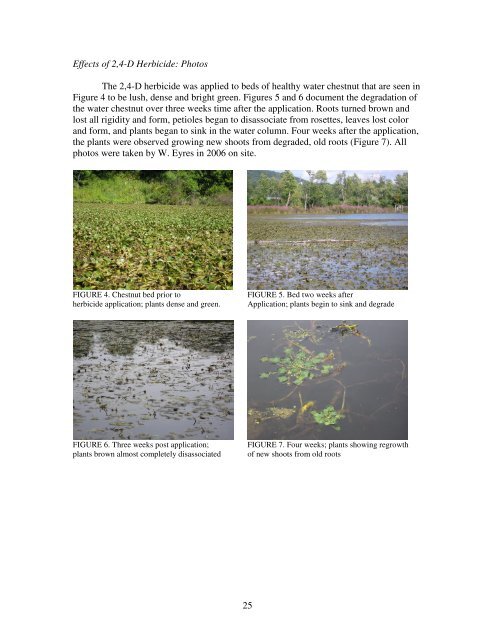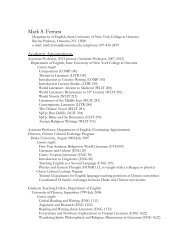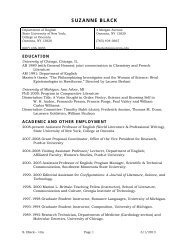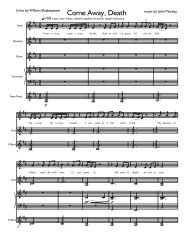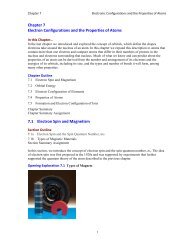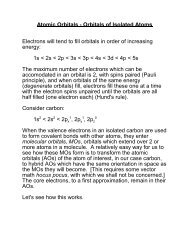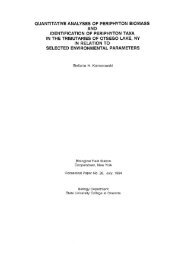Water Chestnut (Trapa natans L.) Infestation in the ... - SUNY Oneonta
Water Chestnut (Trapa natans L.) Infestation in the ... - SUNY Oneonta
Water Chestnut (Trapa natans L.) Infestation in the ... - SUNY Oneonta
Create successful ePaper yourself
Turn your PDF publications into a flip-book with our unique Google optimized e-Paper software.
Effects of 2,4-D Herbicide: Photos<br />
The 2,4-D herbicide was applied to beds of healthy water chestnut that are seen <strong>in</strong><br />
Figure 4 to be lush, dense and bright green. Figures 5 and 6 document <strong>the</strong> degradation of<br />
<strong>the</strong> water chestnut over three weeks time after <strong>the</strong> application. Roots turned brown and<br />
lost all rigidity and form, petioles began to disassociate from rosettes, leaves lost color<br />
and form, and plants began to s<strong>in</strong>k <strong>in</strong> <strong>the</strong> water column. Four weeks after <strong>the</strong> application,<br />
<strong>the</strong> plants were observed grow<strong>in</strong>g new shoots from degraded, old roots (Figure 7). All<br />
photos were taken by W. Eyres <strong>in</strong> 2006 on site.<br />
FIGURE 4. <strong>Chestnut</strong> bed prior to FIGURE 5. Bed two weeks after<br />
herbicide application; plants dense and green. Application; plants beg<strong>in</strong> to s<strong>in</strong>k and degrade<br />
FIGURE 6. Three weeks post application; FIGURE 7. Four weeks; plants show<strong>in</strong>g regrowth<br />
plants brown almost completely disassociated of new shoots from old roots<br />
25


